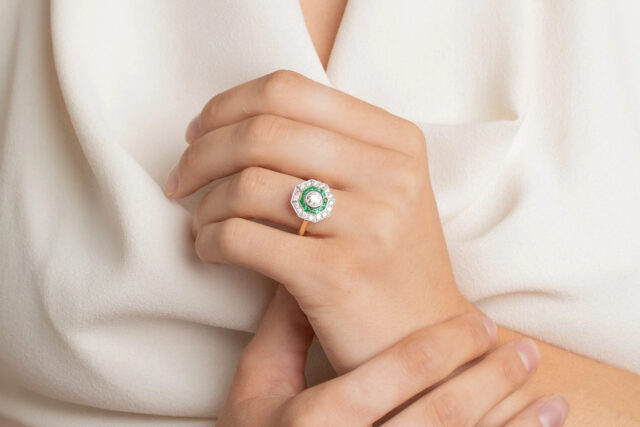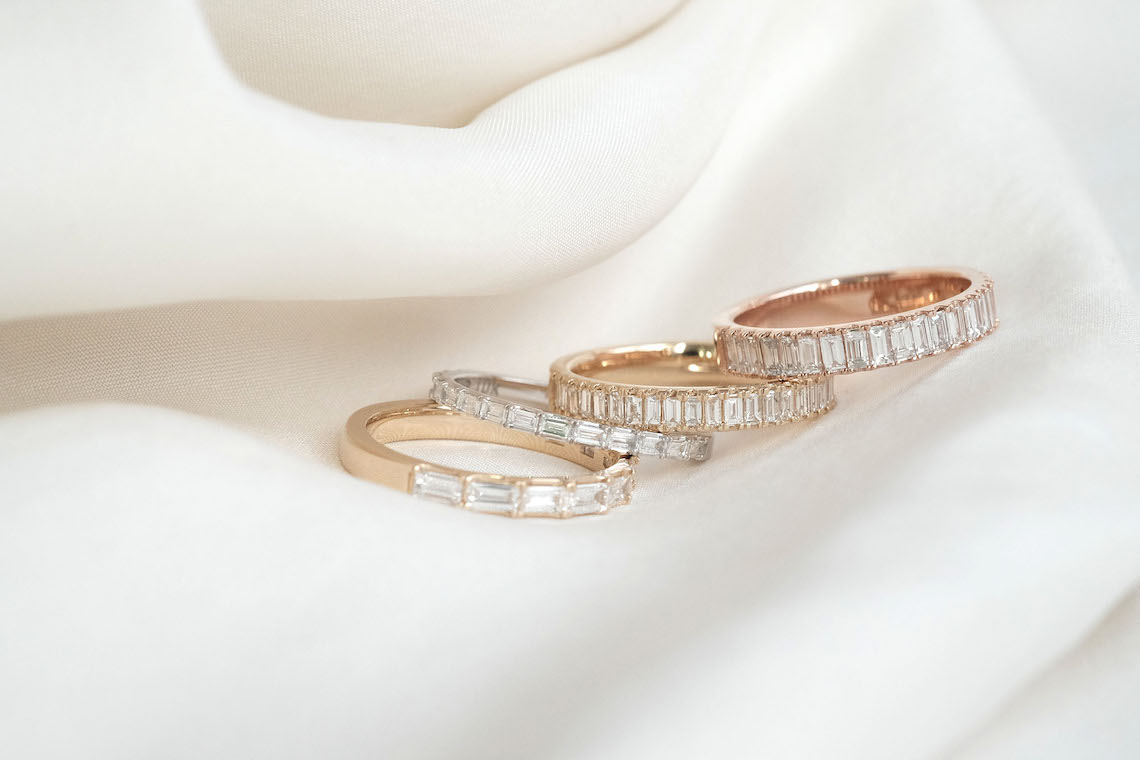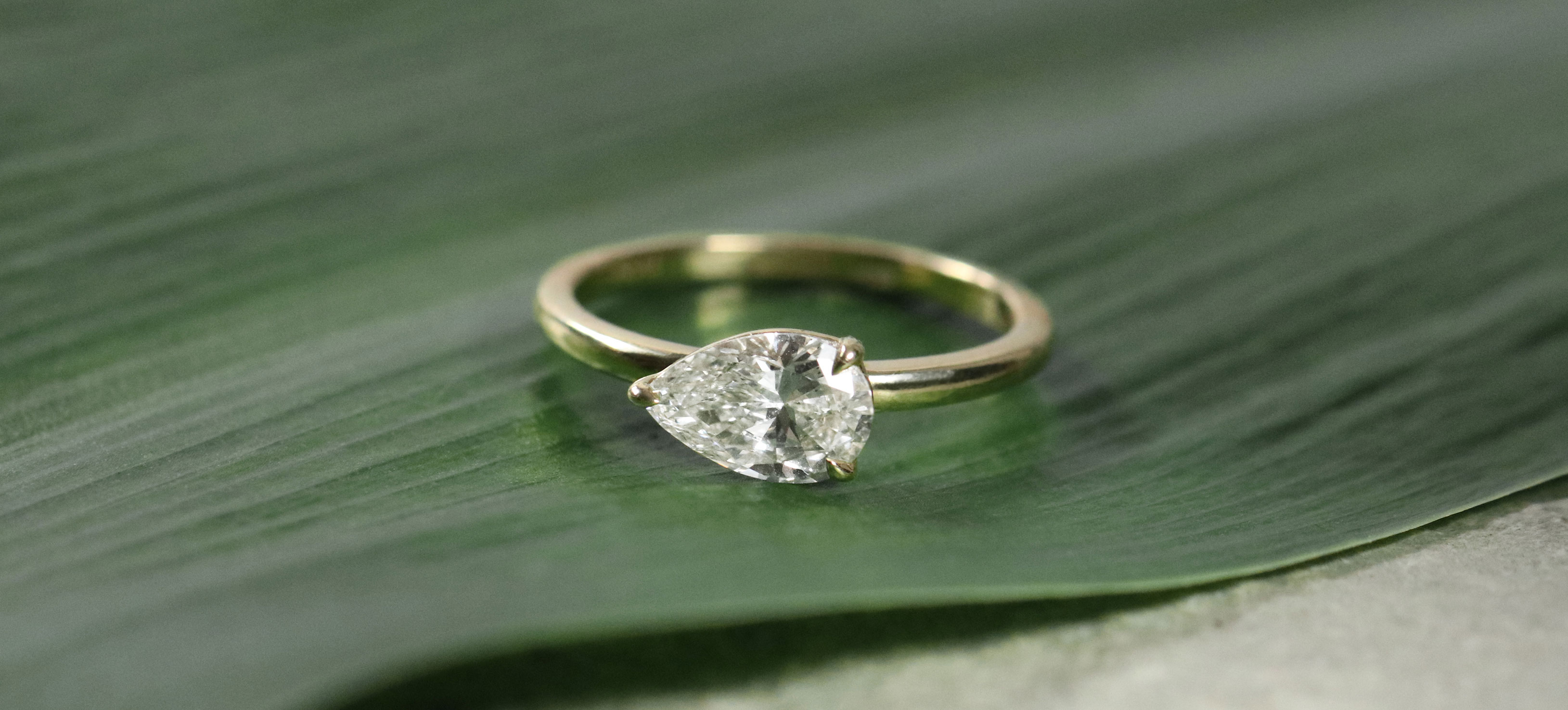
The UK is home to a new generation of eco-friendly engagement rings and lab-grown diamonds. By passing the traditional method of diamond mining and its environmental impact, couples are now able to choose an ethical alternative.
Lab-grown diamonds provide all the beauty without sacrificing our planet’s resources. With their stunning sparkle, these gems make for perfect symbolisms of love and commitment while taking into consideration their ecological effects on the environment.
As more people become aware of this sustainable option, lab-grown diamonds have quickly become one of the most popular choices for those looking for an environmentally conscious way to express their love.
What Makes a Ring Eco-Friendly

As couples in the UK search for ways to make their engagement rings more eco-friendly, lab-grown diamonds have become increasingly popular. Lab diamonds uk are ethically sourced and produced without any of the negative environmental impacts associated with mining traditional diamonds.
Plus, they are often less expensive than mined diamonds due to a much shorter supply chain between production and purchase. When selecting an eco-friendly engagement ring, several key elements should be taken into consideration.
Firstly, consider where your diamond has been sourced from; look for suppliers that specialize in lab-created gems as opposed to traditionally mined ones.
Secondly, think about how the diamond is cut – some cuts require more material which can lead to higher emissions during production and could potentially increase your carbon footprint when compared with other cuts such as round or princess-cut stones.
Finally, check what type of metals were used in making the setting; ethical manufacturers will use recycled or conflict-free gold or silver so you know exactly where it comes from and its impact on our environment is minimal.
Incorporating eco-conscious choices into every aspect of our lives, especially when it comes to significant moments like engagements, has never been more crucial. The jewelry industry, with its long-standing concerns over ethical sourcing and environmental impact, is seeing a transformative shift towards sustainability and responsible consumerism. Lab-created diamonds exemplify this shift perfectly. Not only do they offer a more humane alternative by sidestepping the environmental degradation and labor issues associated with traditional mining, but they also embody a fascinating intersection of technology and environmental stewardship.
This is particularly relevant when considering the carbon footprint of diamond production. Traditional mining is an energy-intensive process with a significant impact on local ecosystems and communities. On the other hand, lab-created diamonds present a unique opportunity to leverage advanced technologies for a more sustainable future. Herein lies an essential consideration for the environmentally conscious consumer: what is carbon capture? This innovative process, used in the creation of some lab-created diamonds, actively reduces the carbon footprint of their production. By capturing carbon dioxide from the atmosphere and converting it into precious gemstones, these diamonds are not just symbols of love but also of hope for a healthier planet.
Thus, when selecting an eco-friendly engagement ring, it’s not just about where the diamond comes from or how it’s cut. It’s also about understanding the broader environmental impact of its production. Suppliers that specialize in lab-created diamonds often employ methods like carbon capture, directly addressing the urgent need to reduce carbon emissions in our atmosphere. This approach not only ensures a lower environmental impact but also aligns with the values of sustainability and responsible consumption.
Moreover, the choice of metal for the setting further reflects your commitment to the environment. Ethical manufacturers prioritize the use of recycled or conflict-free gold and silver, minimizing the adverse effects of metal mining and refining. By choosing such materials, consumers can ensure their engagement rings do not contribute to resource depletion and ecological harm.
In essence, the journey towards a more sustainable and ethical jewelry industry is multi-faceted. It’s about making informed choices that consider the source, production methods, and materials of the engagement ring. As we navigate these decisions, it’s essential to remain mindful of our planet’s health and the legacy we wish to leave for future generations.
Understanding the Difference Between Natural and Lab-Grown Diamonds

When it comes to engagement rings, there is a growing trend in the UK for couples to opt for eco-friendly lab-grown diamonds. But what does this mean? What’s the difference between natural and lab-grown diamonds, and why are people choosing them over traditionally mined stones?
Understanding the distinction between these two types of diamonds is key when making an informed decision about which stone suits your needs best. Natural diamonds are formed deep within the Earth’s mantle at extremely high temperatures and pressures over millions of years before they reach our planet’s surface through volcanic eruption or erosion.
Lab-grown diamonds, on the other hand, are created using advanced technology that replicates nature’s process in a fraction of time – usually within weeks or months instead of millennia. The result is an identical physical structure as well as chemical composition to those found naturally in Mother Nature.
Another key difference lies in their origin; while natural diamonds come from mines around the world – often located in countries with poor human rights records – lab-grown gems can be traced back to reputable sources who adhere to strict ethical standards.
As such, there has been a surge of interest among ethically minded consumers looking for environmentally friendly alternatives when selecting jewelry pieces for special occasions like engagements or weddings.
By understanding both options available today we can make more conscious choices that honor our values – be it environmental responsibility or social justice – whilst still finding something beautiful enough to symbolize love and commitment forevermore!
The Pros and Cons of Investing in an Eco-Friendly Engagement Ring from the UK

When it comes to investing in an eco-friendly engagement ring, couples in the UK have a unique opportunity. Lab-grown diamonds are gaining popularity as a sustainable choice for those wanting to make an ethical statement with their purchase.
There are some advantages and potential drawbacks to consider when deciding if this is the right option for you. One of the biggest benefits of lab-grown diamonds is that they can offer significant cost savings compared to traditionally mined stones – up to 40% or more.
This makes them much more accessible for budget-conscious buyers who still want a beautiful diamond ring with all the sparkle and quality expected from natural stones but without supporting unethical mining practices.
The fact that these rings do not contribute to environmental damage has become very appealing in recent years, particularly as concerns about climate change continue to rise within society at large.
Furthermore, buying lab-grown diamonds ensures your money is going towards a business focused on sustainability rather than exploiting resources or labor conditions abroad without regard for human rights issues associated with diamond mining operations elsewhere in the world.
On the other hand, some disadvantages should be taken into consideration before making any commitments regarding an eco-friendly engagement ring from UK jewelers:
- Firstly, it can take longer for customers to order online since orders may need extra time due to processing times;
- Secondly, many people prefer natural diamonds because of their rarity – so having one could add more meaning and sentimentality than synthetic ones;
- Finally, there’s always the risk of purchasing fake gems when ordering online which could prove costly if not returned soon enough after discovery (although reputable retailers often provide guarantees).











